Zion National Park is celebrated for its towering cliffs and vibrant landscapes, supporting more than 1,000 plant species. While most visitors marvel at the grandeur of trees, flowers, and shrubs, a quieter world of mosses, liverworts, and lichens thrives underfoot and on rock surfaces. These plants, known as non-vascular plants because they lack the roots, stems, and leaves of larger plants, are essential to Zion’s ecosystem. They stabilize soil, recycle nutrients, and create habitats for other organisms.
Despite their vital role, these tiny but mighty plants have remained undocumented within the park. The Hidden Life of Zion Project aims to change that by conducting the first comprehensive survey of Zion’s non-vascular plants.
“Understanding and documenting our non-vascular plant species is essential for enhancing Zion National Park's ecological management and ensuring the continued health of this unique ecosystem,” said Darrin Gobble, Project Lead.
A contracted botanist specializing in bryophytes will work over eight months to inventory these overlooked species, collecting samples and mapping their presence across Zion’s varied environments. The information gathered will fill critical gaps in Zion’s biodiversity records and provide insights for managing its ecosystems more effectively.
Non-vascular plants are also invaluable climate indicators. Their sensitivity to temperature and moisture changes makes them a living barometer of environmental health. By tracking their distribution and changes over time, this project will help park managers understand the broader impacts of climate change on Zion’s ecosystems.







